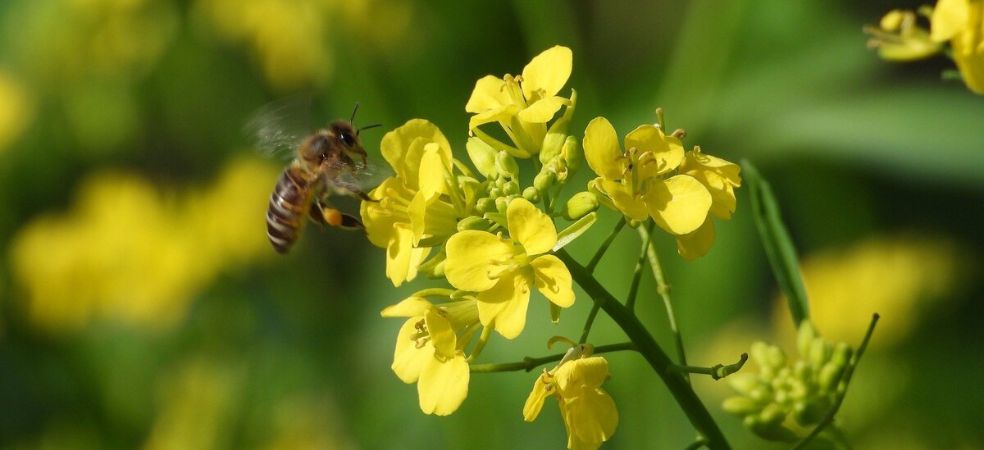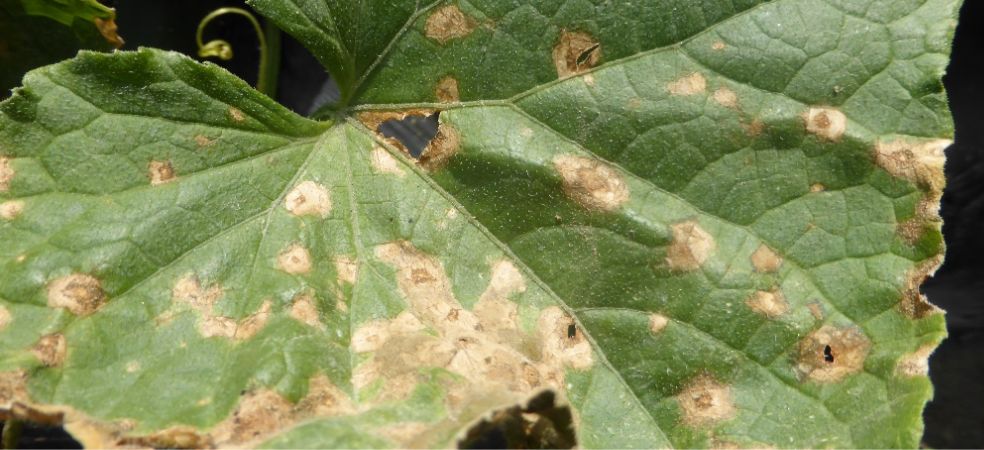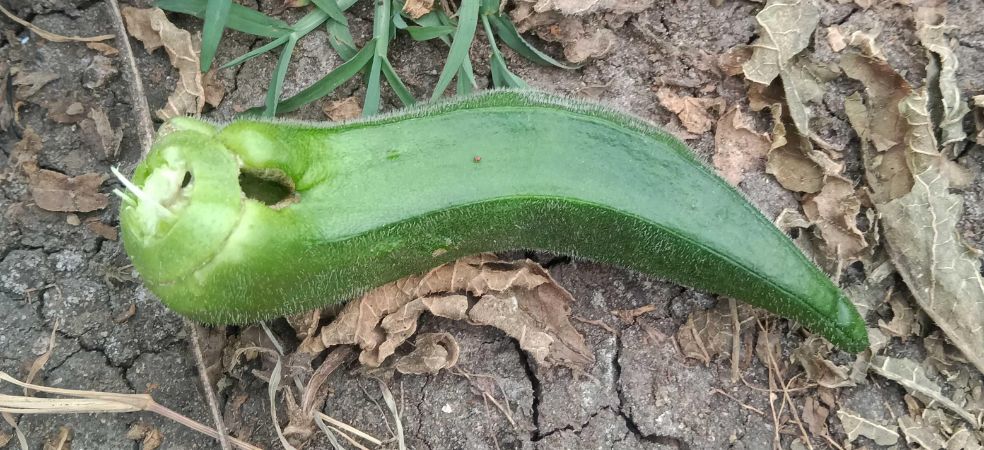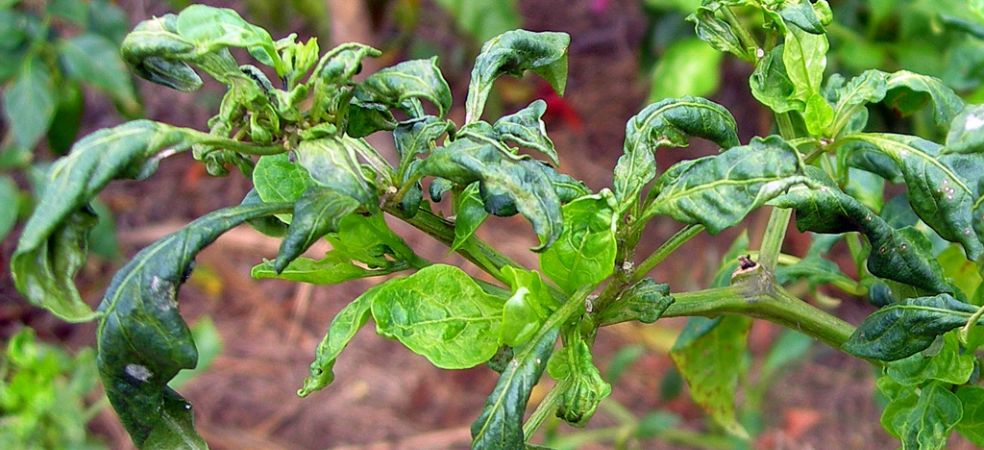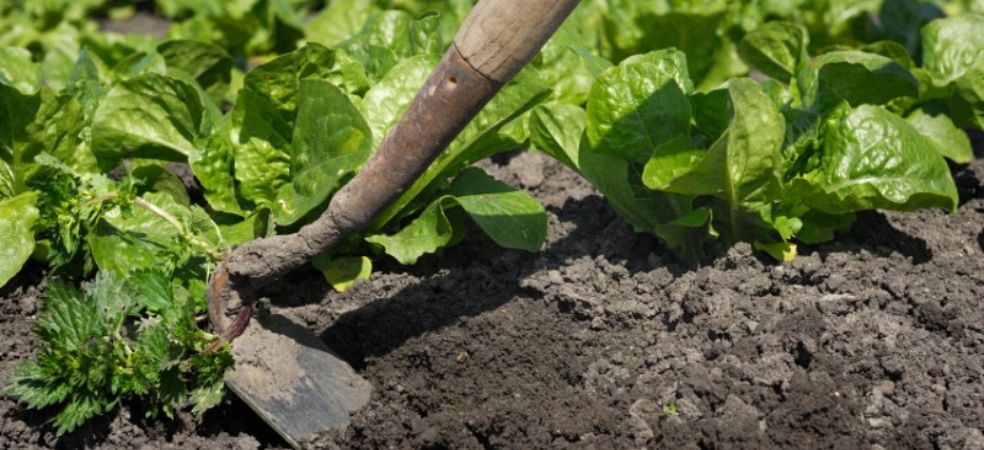It is a microscopic insect which is not visible to the eyes. It sucks the sap from the leaves by sticking to the lower surface of the leaves of the plants. This pest attacks cotton, brinjal, tomato, okra and cucurbit crops. The adult of this insect is red in colour which is elliptical and two spots are found in the upper part of its body. Both their infant and adult stages are harmful. Their presence is known by the web made by them on the lower surface of the leaves.
The hot season of March-April is a favourable time for their outbreak. Due to their microscopic size, they can move from one place to another with the help of wind. In severe infestation, the leaves start drying up and falling down.
Control: Destroy infested leaves and weeds. In severe infestation, spray Tafgor (Dimethoate 30 EC) @ 300 ml per acre or Omite (Propargite 57 EC) @ 200 ml per acre dissolved in 150-200 litres of water on the infested plants.
ShareFor such important information related to the agriculture sector and farmers, do read Gramophone articles daily. If you liked today’s information then don’t forget to share it with friends.





